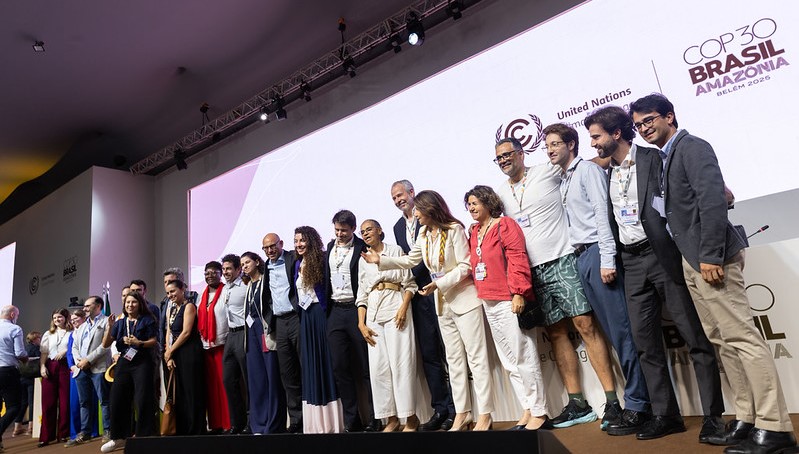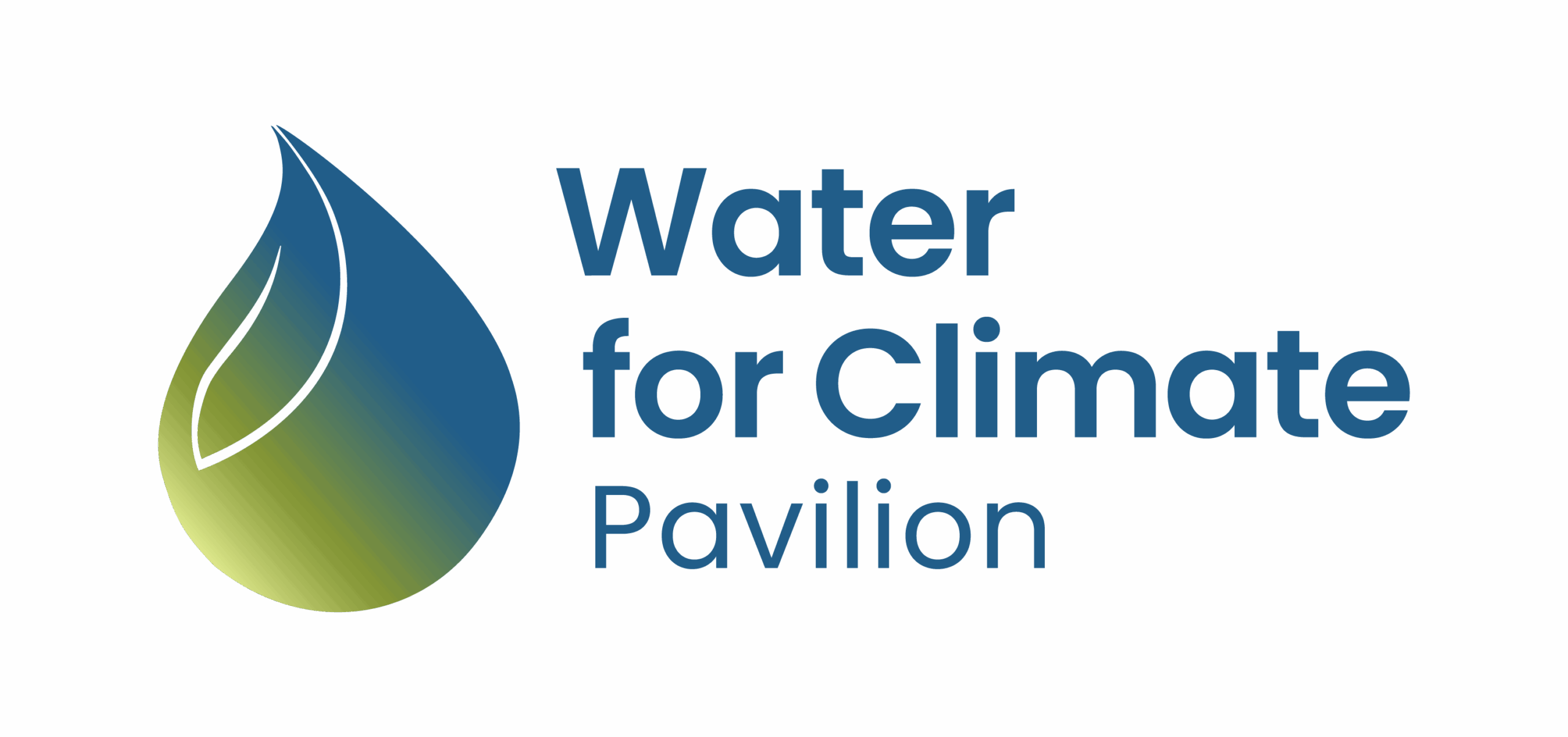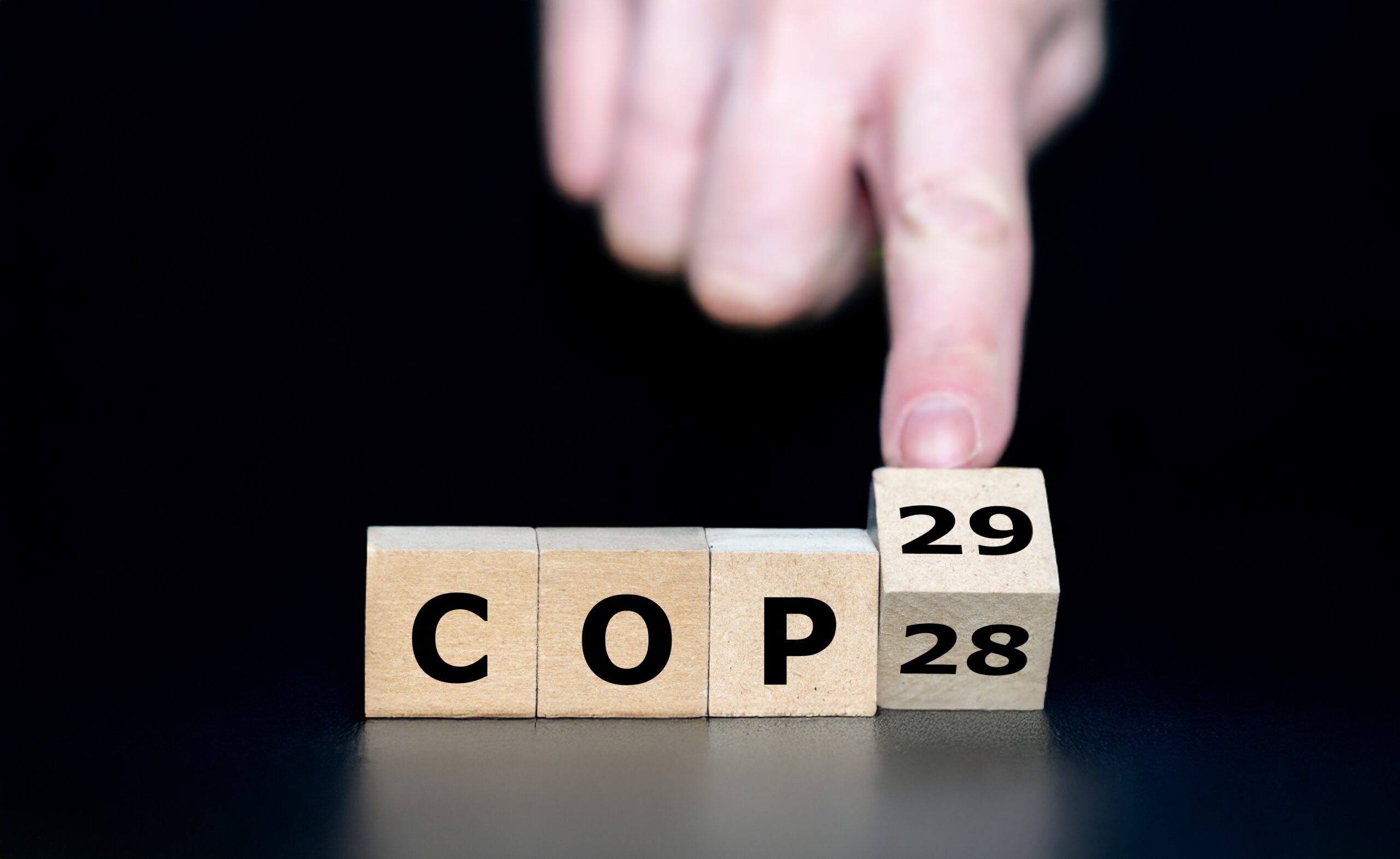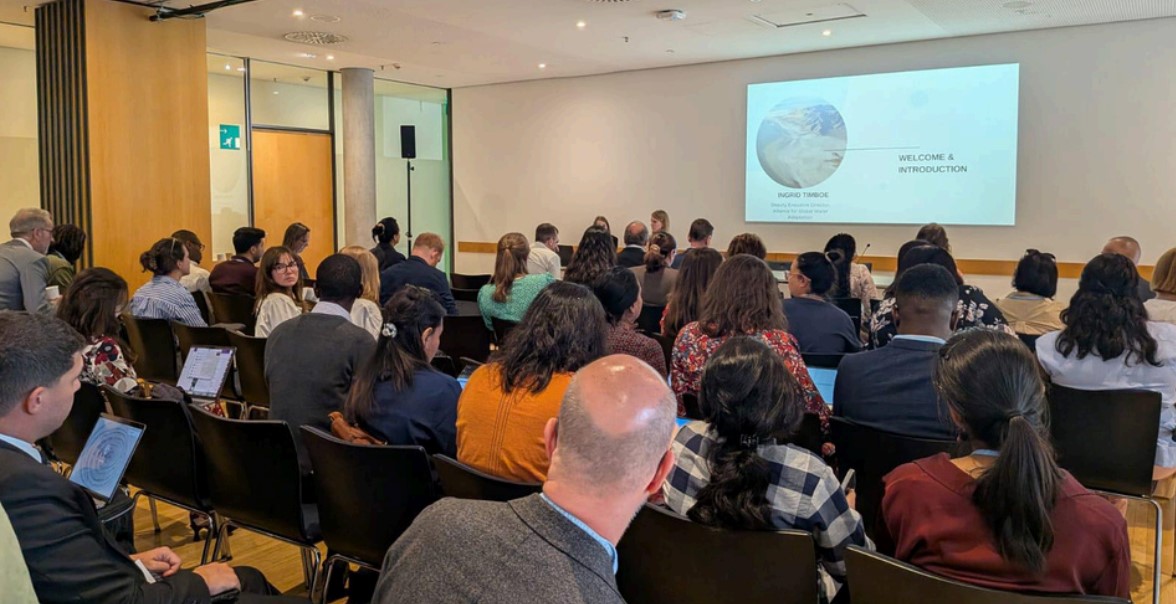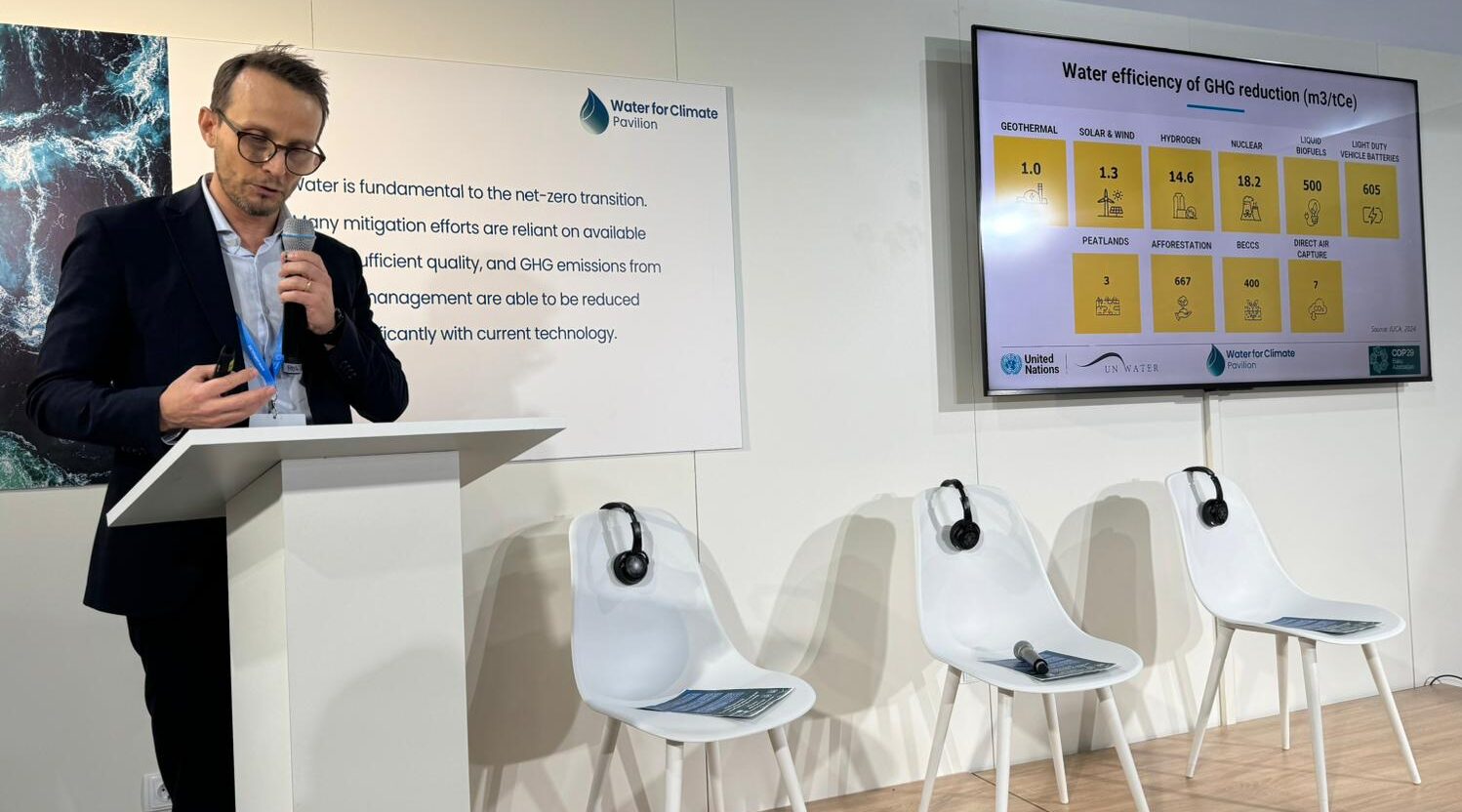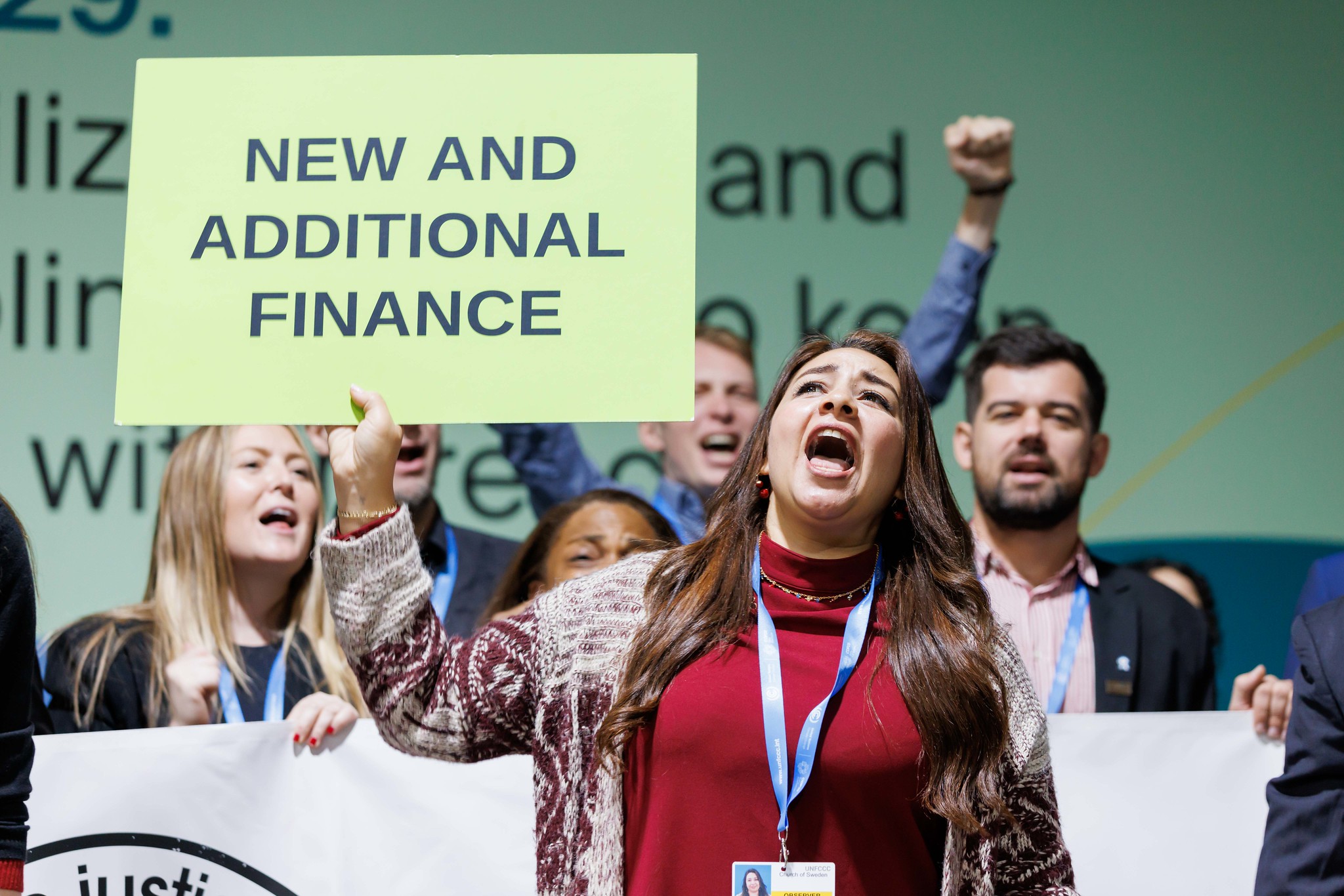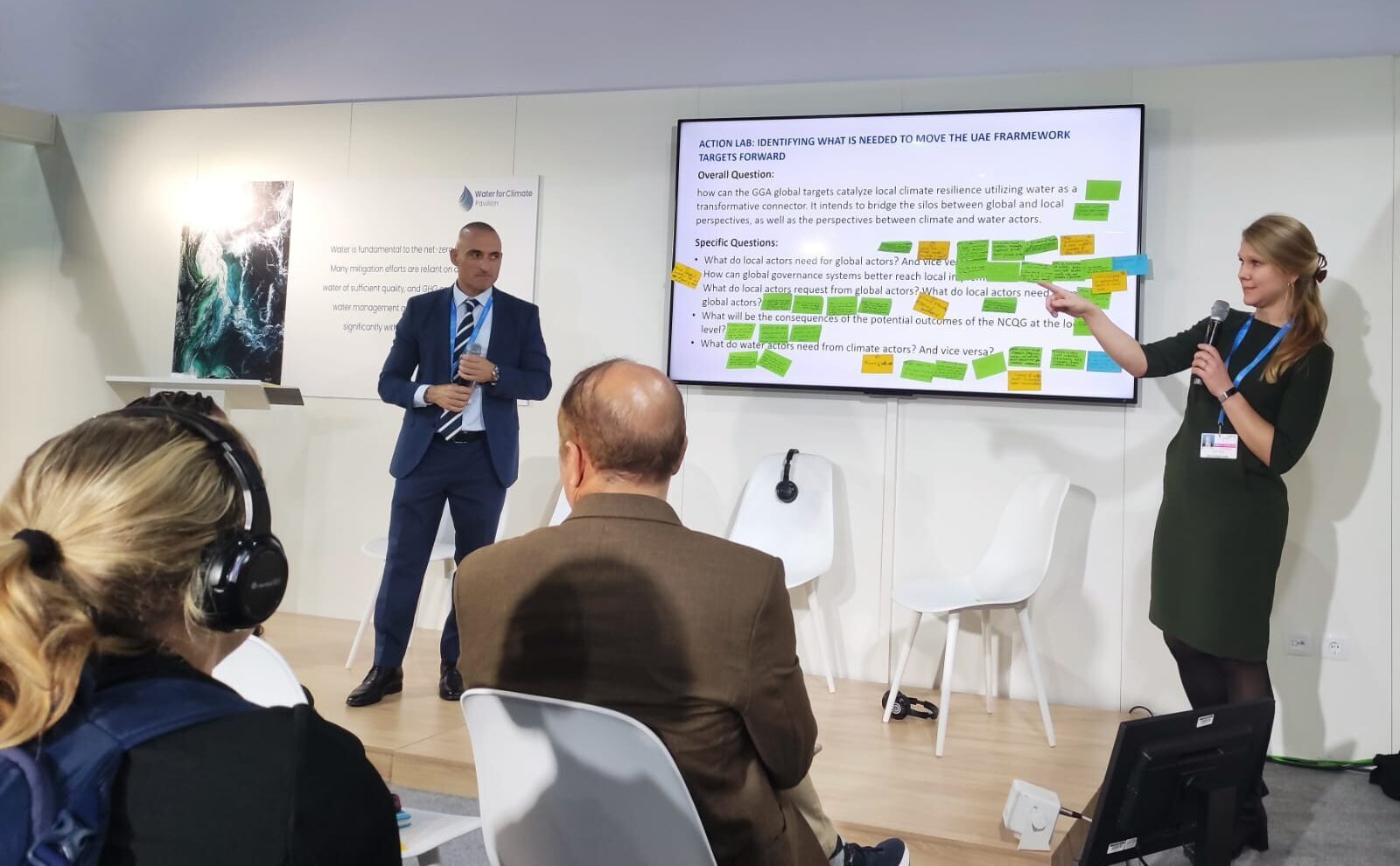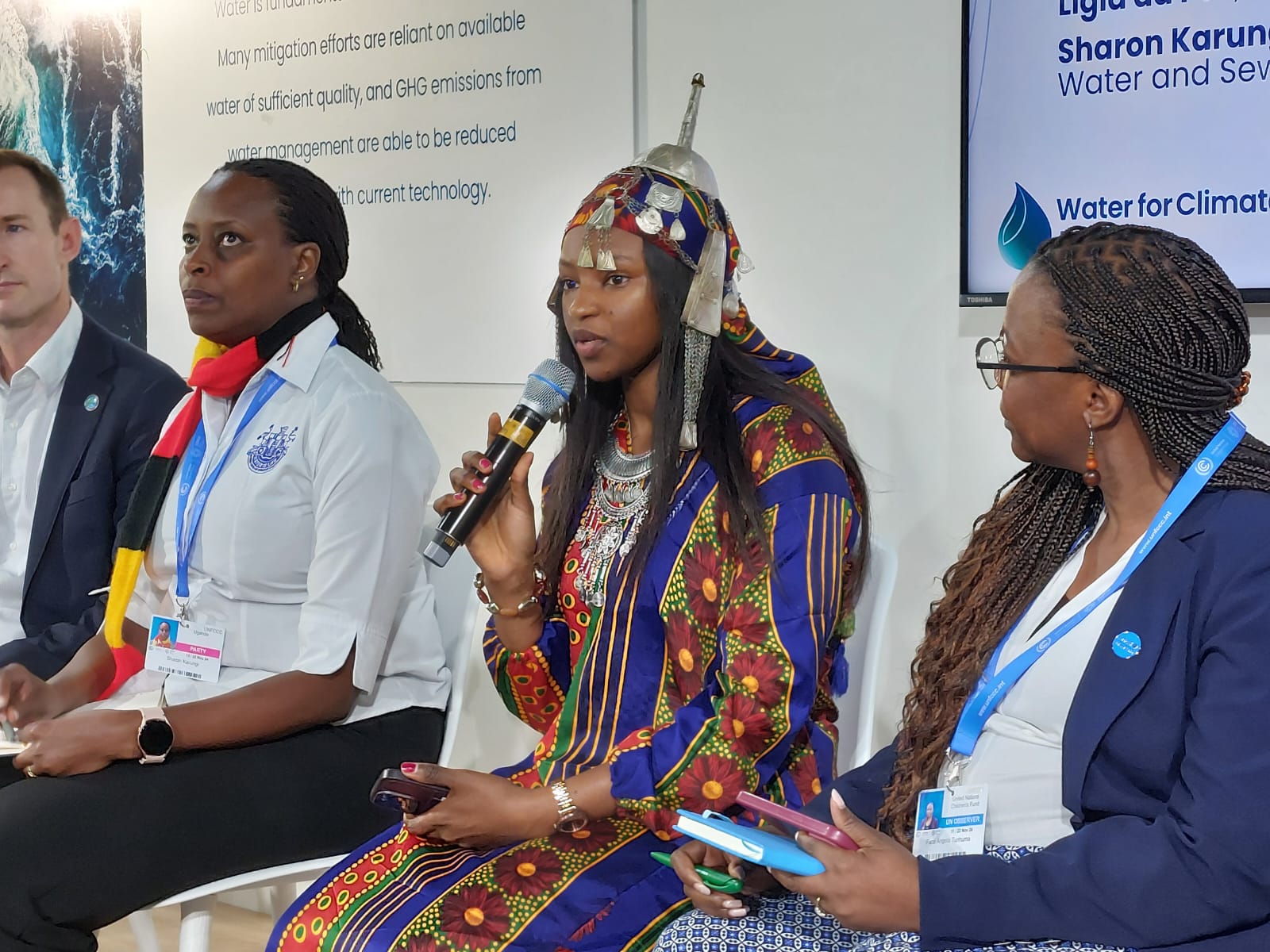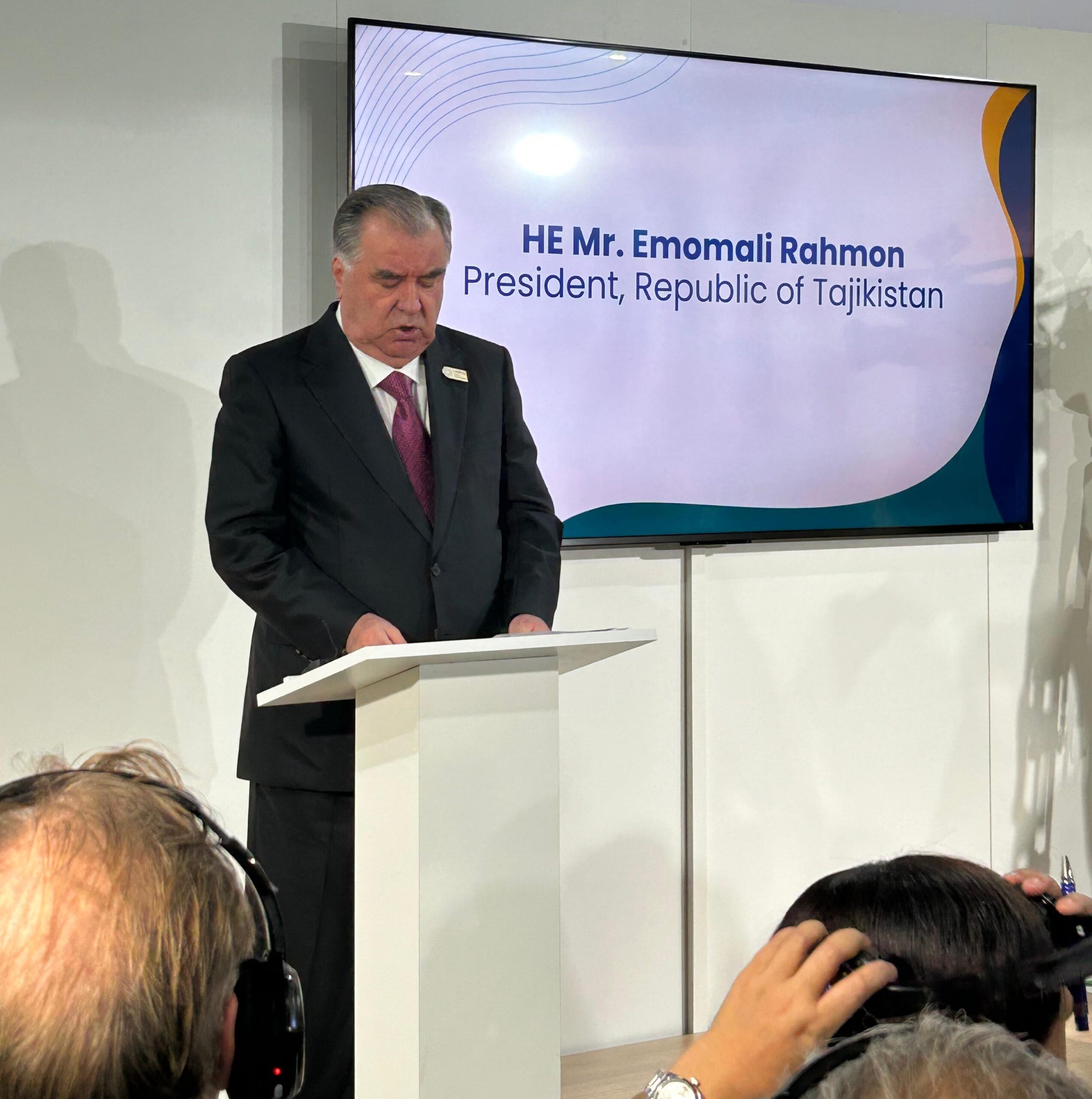What is ‘COP’?
The Conference of the Parties (COP) is an annual UN event where nearly 200 countries come together to negotiate global climate policies. Initiated under the UN Framework Convention on Climate Change (UNFCCC), these summits are where countries make and evaluate their commitments to reduce emissions, adapt to climate impacts, and support climate-vulnerable regions.
COP presidencies rotate annually among member states, with each country setting the agenda for that year’s summit. COP28, held in Dubai in 2023, launched a three-year push to keep global temperature rise below 1.5°C over pre-industrial levels. COP29 will focus on securing financial commitments, while next year’s COP30 in Brazil will look to new national climate commitments — known as nationally determined contributions (NDCs) — to solidify action on the ground.
Addressing Climate Finance Gaps
At COP29, negotiators will hammer out a new global climate finance target called the New Collective Quantified Goal (NCQG). This target aims to direct funds to adaptation, resilience-building, and mitigation efforts in resource-poor nations. If approved, the NCQG will replace the previous goal of transferring USD$100 billion annually from high-income countries to low- and middle-income countries to address the consequences of climate change. So far, the original target has consistently been unmet, leaving vulnerable regions struggling to cope with escalating climate costs.
Estimates suggest that USD$500 billion to USD$1 trillion per year is needed to support countries that are already facing the dire consequences of climate change. But with high-income countries contending with increasing aid demands and domestic political challenges, securing this level of funding remains uncertain. Major points of contention include who should provide the NCQG funds, how they should be allocated (loans or grants), and how to balance investments between mitigation, adaptation, and reparations for “loss and damage” — the irreversible impacts of climate change.
Without a robust NCQG, climate inequities are likely to worsen, leaving vulnerable communities even more exposed to the ongoing climate crisis.
Strengthening National Climate Commitments
Current Nationally Determined Contributions (NDCs) are far below what is necessary to limit global warming to 1.5°C. According to UNFCCC, global emissions are projected to be just 2.6% lower than 2019 levels by 2030. This falls well short of the 43% reduction needed to meet the Intergovernmental Panel on Climate Change’s targets. COP29 is a moment of reckoning, pushing nations to enhance their NDCs not just for emissions reductions, but for comprehensive climate strategies that address adaptation, energy transitions, and social resilience.
The pressure to step up comes at a challenging time: several major economies are grappling with energy crises and inflationary pressures, making sweeping commitments politically fraught. But without these stronger NDCs, global warming’s effects are set to deepen, especially in regions least equipped to adapt.
Water security, often overlooked, is crucial to achieving these NDCs. Water is central to many sectors, including agriculture, health, and energy, and the next round of NDCs must include comprehensive measures to secure water resources. These measures should acknowledge the connections between water use and availability, identify potential trade-offs, and address conflicts over shared water resources.
Adaptation Gains Ground
As the climate crisis deepens, the need for adaptation to its effects is climbing the international agenda. While mitigation (reducing emissions) has traditionally taken precedence, adaptation strategies have often lacked clear, measurable goals. Because climate impacts and the ways communities must adapt vary widely by region, establishing a universal adaptation goal that is applicable to everyone, everywhere is challenging. However, COP28 marked a significant breakthrough with the adoption of the Global Goal for Adaptation. This framework aims to reduce water scarcity and enhance global resilience to floods, droughts, heatwaves, and rising sea levels. It also includes a specific emphasis on climate-resilient water and sanitation.
Negotiators are tasked with defining measurable indicators, ensuring that adaptation efforts are not only ambitious but also actionable. Vulnerable nations, facing the brunt of climate impacts, are pushing for swift implementation.
Water is fundamental to climate adaptation and intersects with every aspect of the Global Goal on Adaptation, including food security, healthcare, housing, nature-based solutions, and ecosystems. Integrating water considerations into these broader strategies will strengthen resilience across sectors and help achieve broader adaptation objectives. This holistic approach aligns with the UN Sustainable Development Goals (SDGs) and supports the resilience of freshwater ecosystems.
Putting Water on the COP29 Agenda
In recent years, water has become increasingly prominent in key COP processes and outcomes like the Global Stocktake and the Global Goal on Adaptation. This growing attention is the result of increased collaboration within the water community and the strong championing of water issues by successive COP presidencies, particularly under the umbrella of the Water for Climate Pavilion.
Located in the “Blue Zone,” the formal negotiation space at COP, the Water for Climate Pavilion brings together over 70 partners from a broad spectrum of interests, expanding beyond the water and sanitation sector to food systems, nature and biodiversity and beyond.
At COP29, the Pavilion will focus on nine working groups linked to UNFCCC mechanisms, including the Global Goal on Adaptation and the NDCs. It also provides dedicated envoys who will support the development of water-wise climate policies across key climate areas like mitigation, adaptation, nature and biodiversity, mountains, indigenous rights and more.
